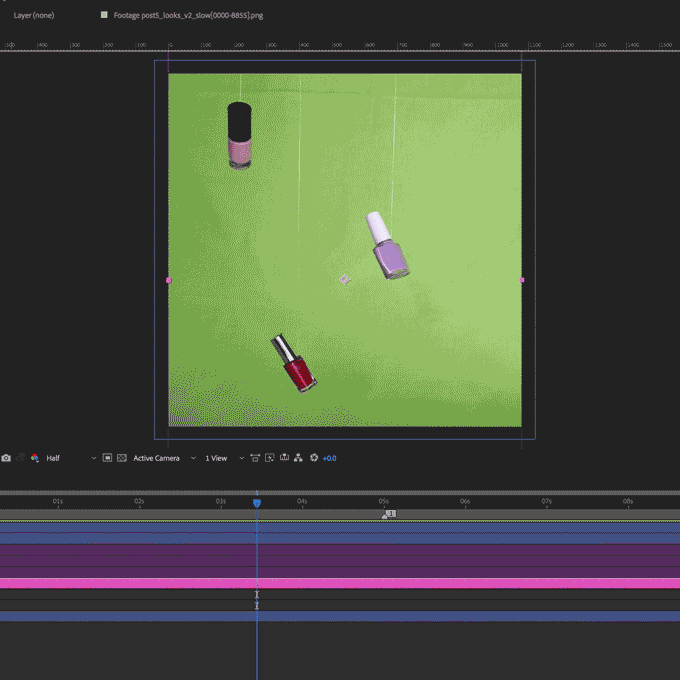The #SailorSays Project
Process Case Study
Speculative Design / 2018
Motion Graphics Design and Animation
The #SailorSays Project is a series of bite size videos that re-envisions popular Sailor Moon memes as highly curated, highly produced and highly edited social media marketing content.
In this case study, I’ll take you through my design process from research and planning in pre-production to final polish in post-production.
DESIGN AND PRE-PRODUCTION
01. Contextual Research
All my projects begin on the back of research. In this case, to properly pay homage to the rich lexicon of the Sailor Moon universe, I began with research into the show’s iconic visual style, palette and symbols.
You can’t subvert a genre without understanding it’s conventions, in this case, by researching, breaking down and listing the elements that make up a Sailor Moon meme; I was then able to draw from a rich, well established set of conventions to incorporate and reimagine.
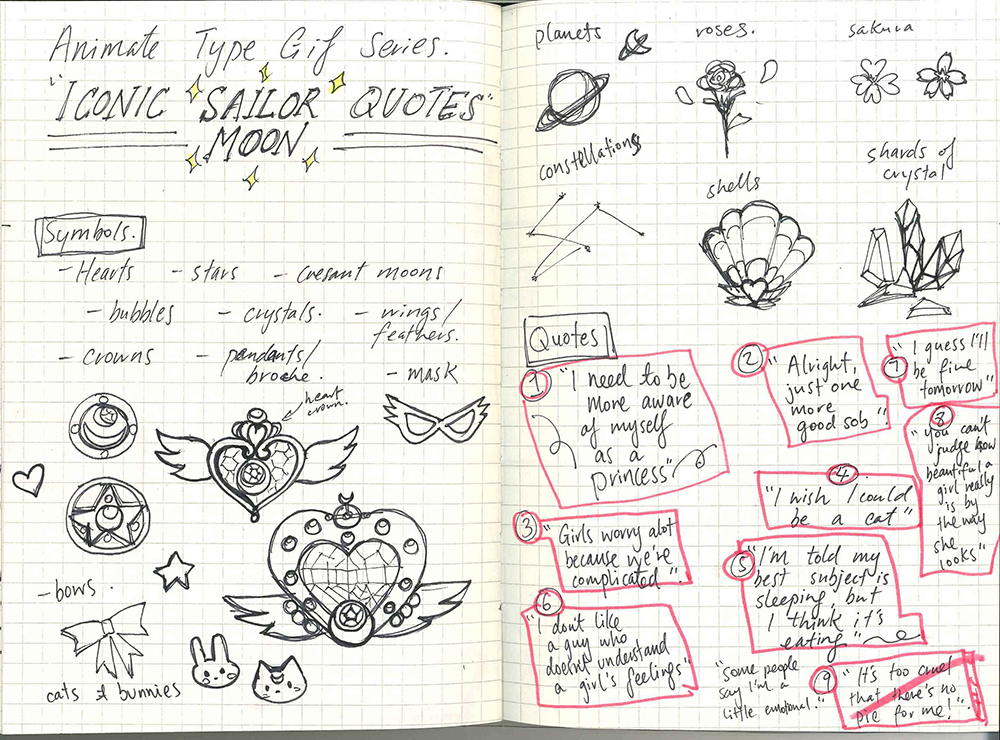
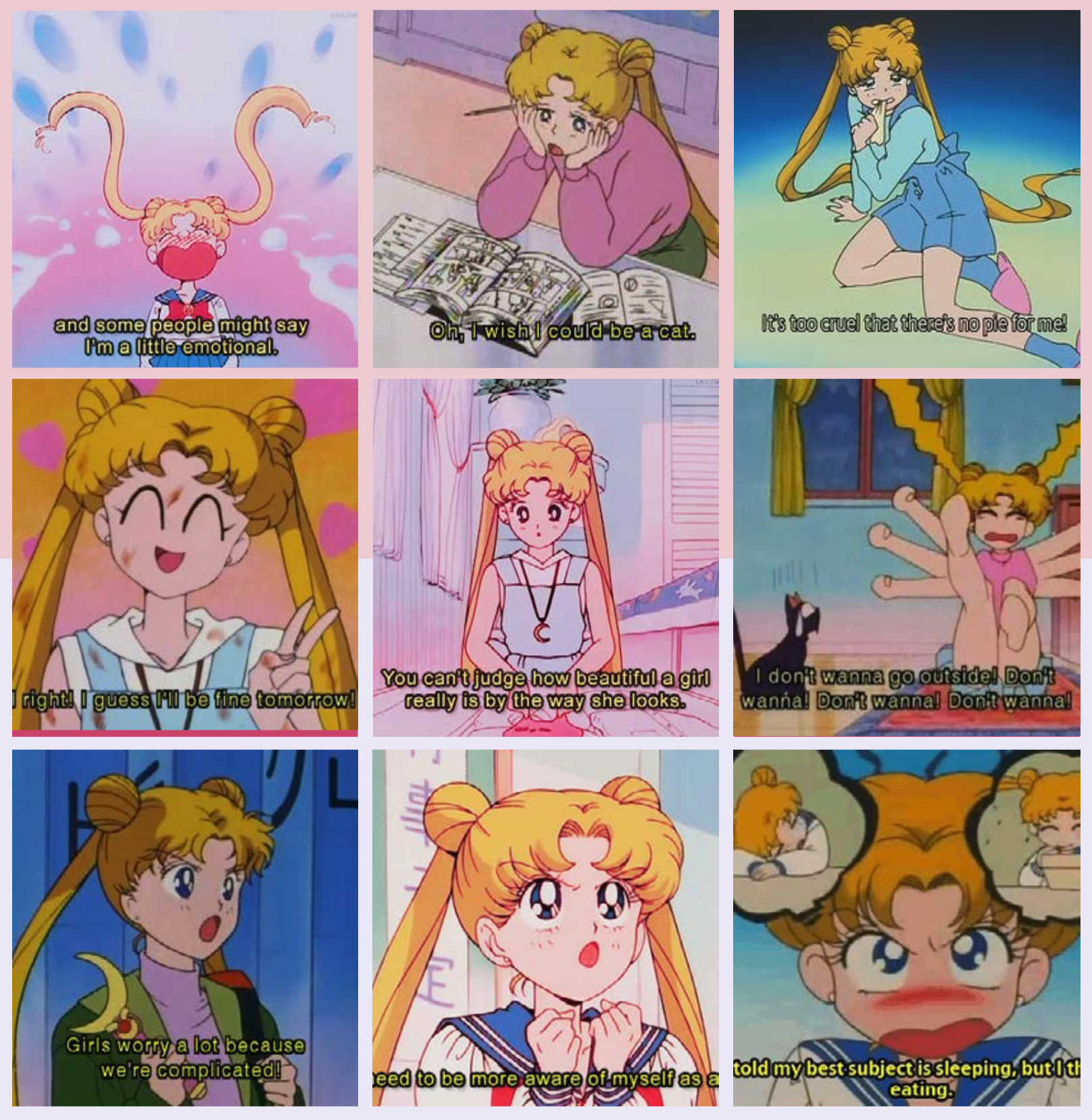
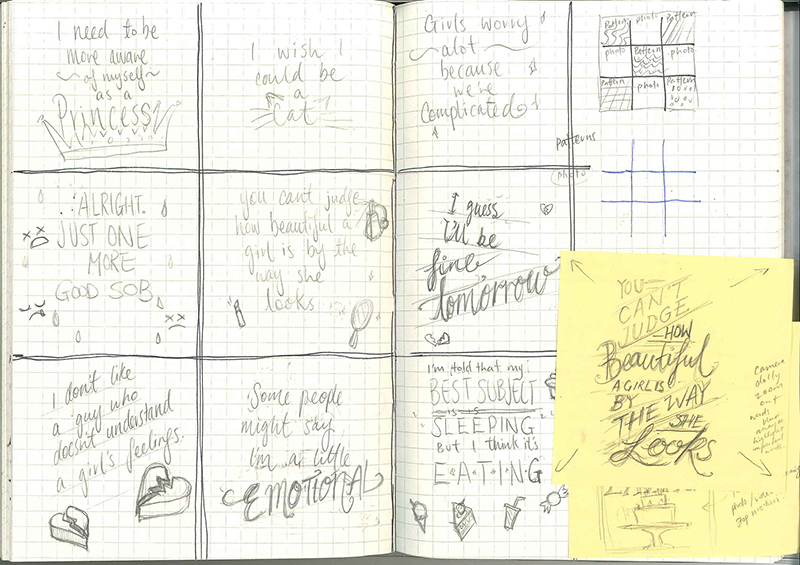
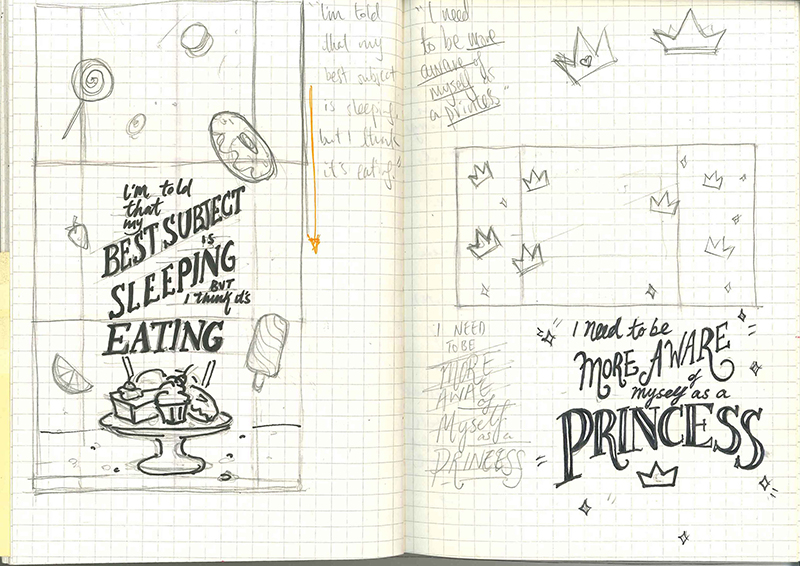
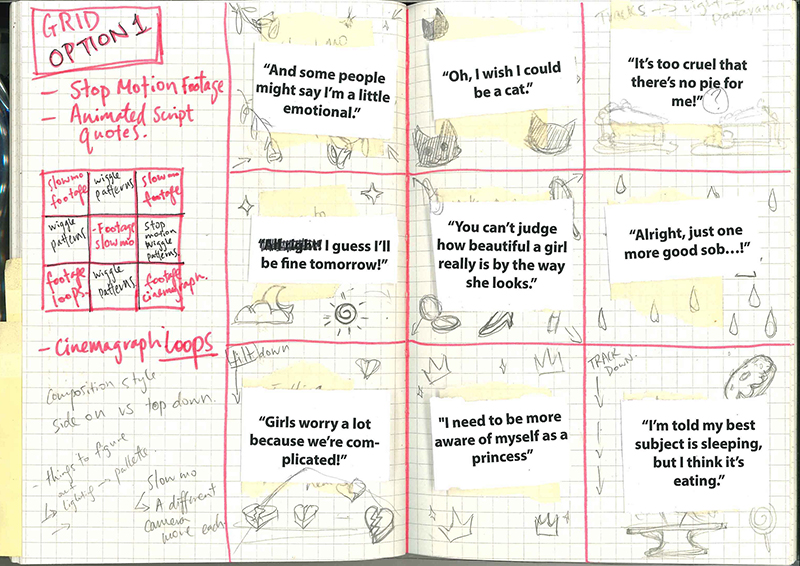
02. Concept Development
When it comes to concept development, I find that there’s nothing better than putting pencil to paper. Sketching down initial composition as well as research outcomes, helps me consolidate my visual findings and to start exploring potential methods of concept execution.
For this project, the execution was highly reliant on being time based and bitesized in terms the final outcome as it needed to look and feel like a native piece of social marketing content. Here, you can see that in my initial planning, I’d intended to play around with stop motion, and green screen compositing as a potential outcome of the series
03. Concept Test
With any process heavy design outcome, I like to experiment early, fail quickly and react swiftly. Knowing that the designed outcome of this project would involve shooting with my own green screen set up, allows me to prepare ahead of production and test out the processes required to get the necessary results.
04. Motion Tests
Motion tests, like the initial green screen tests were also important prior to the official production process. Establishing a basic level of refinement for the animated elements of the project gave me better indication of the time required to execute designs and action changes should any unexpected events take place during video production.
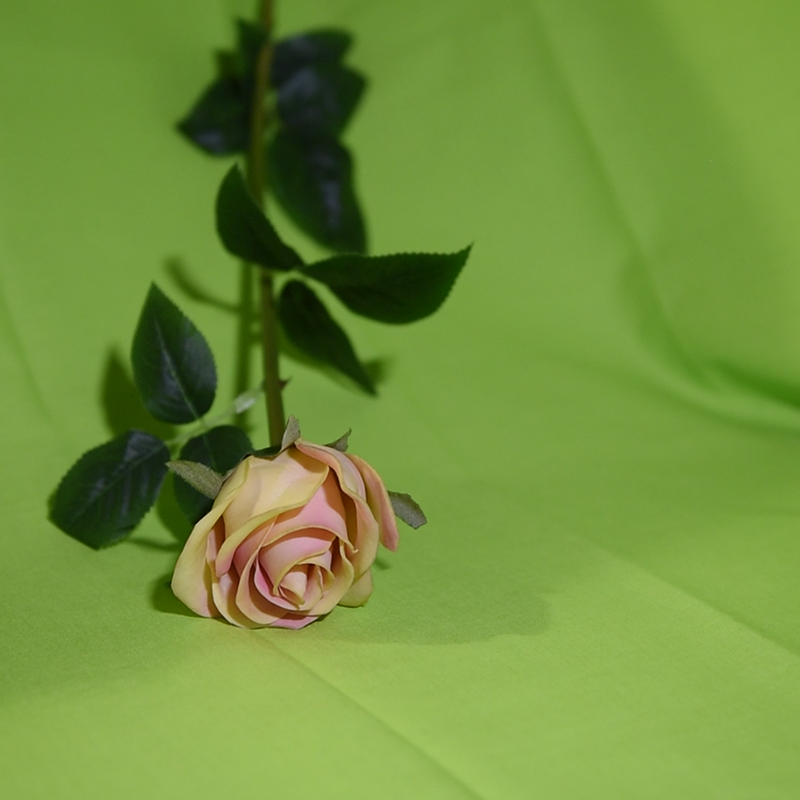

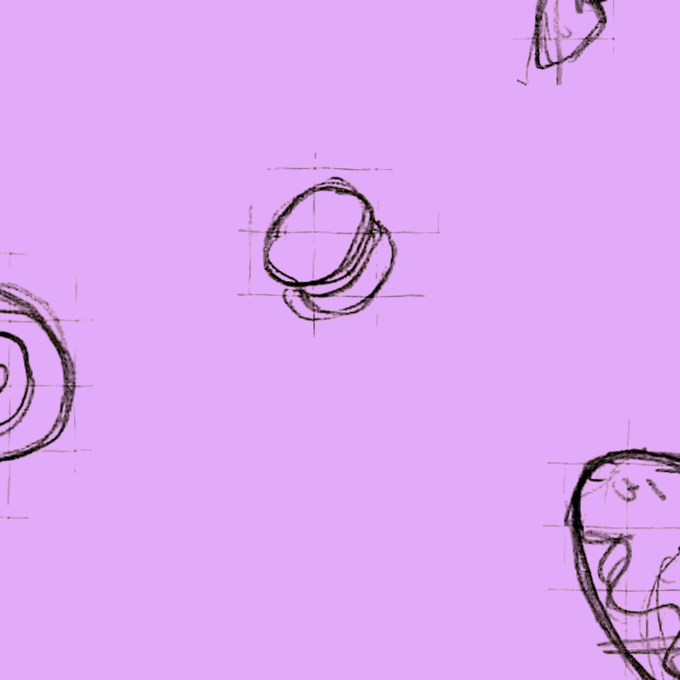
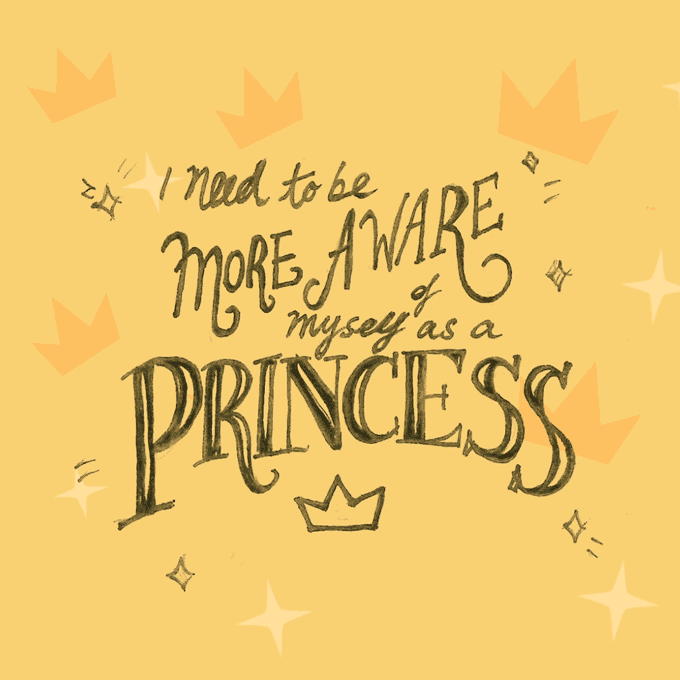
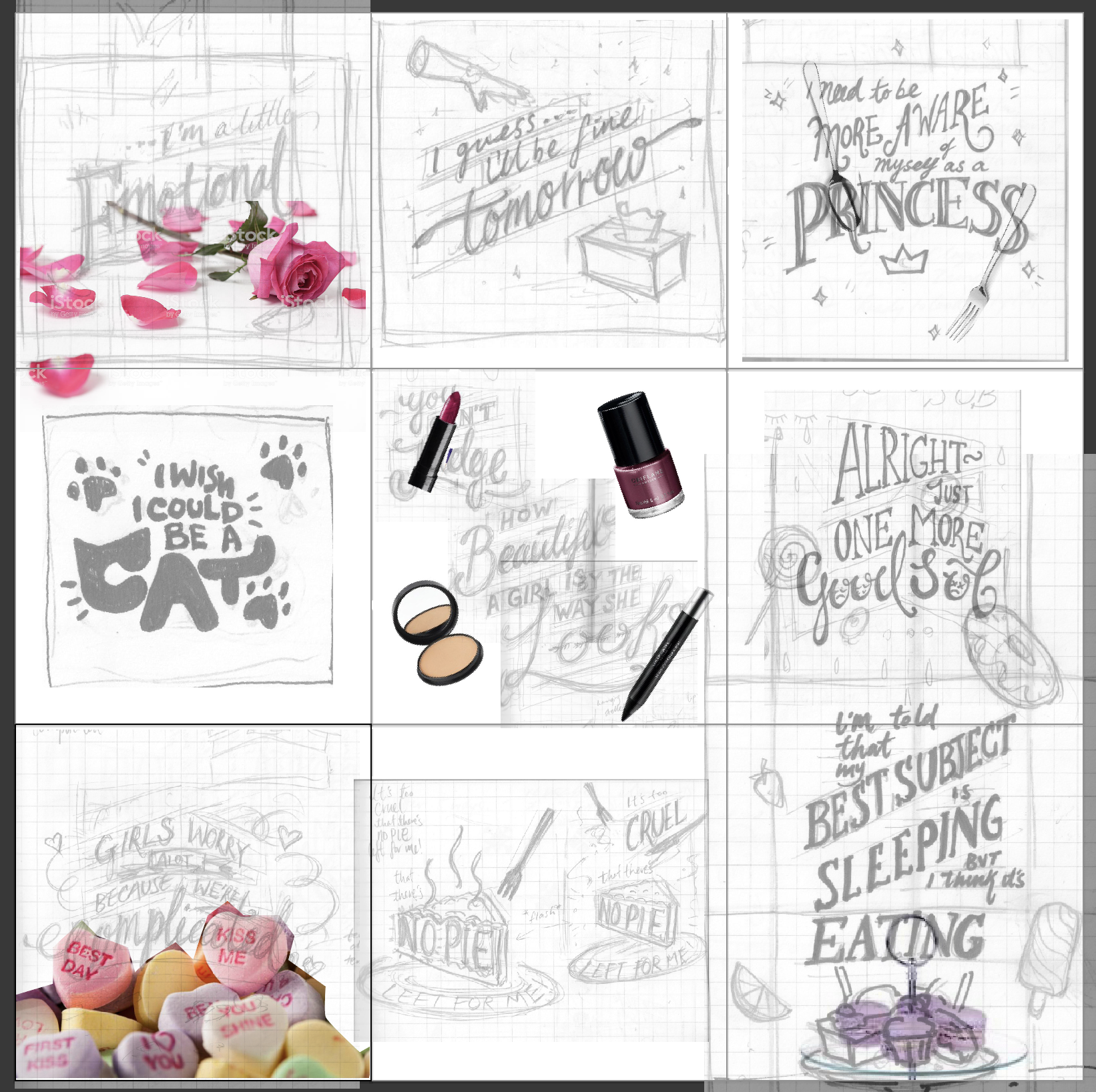
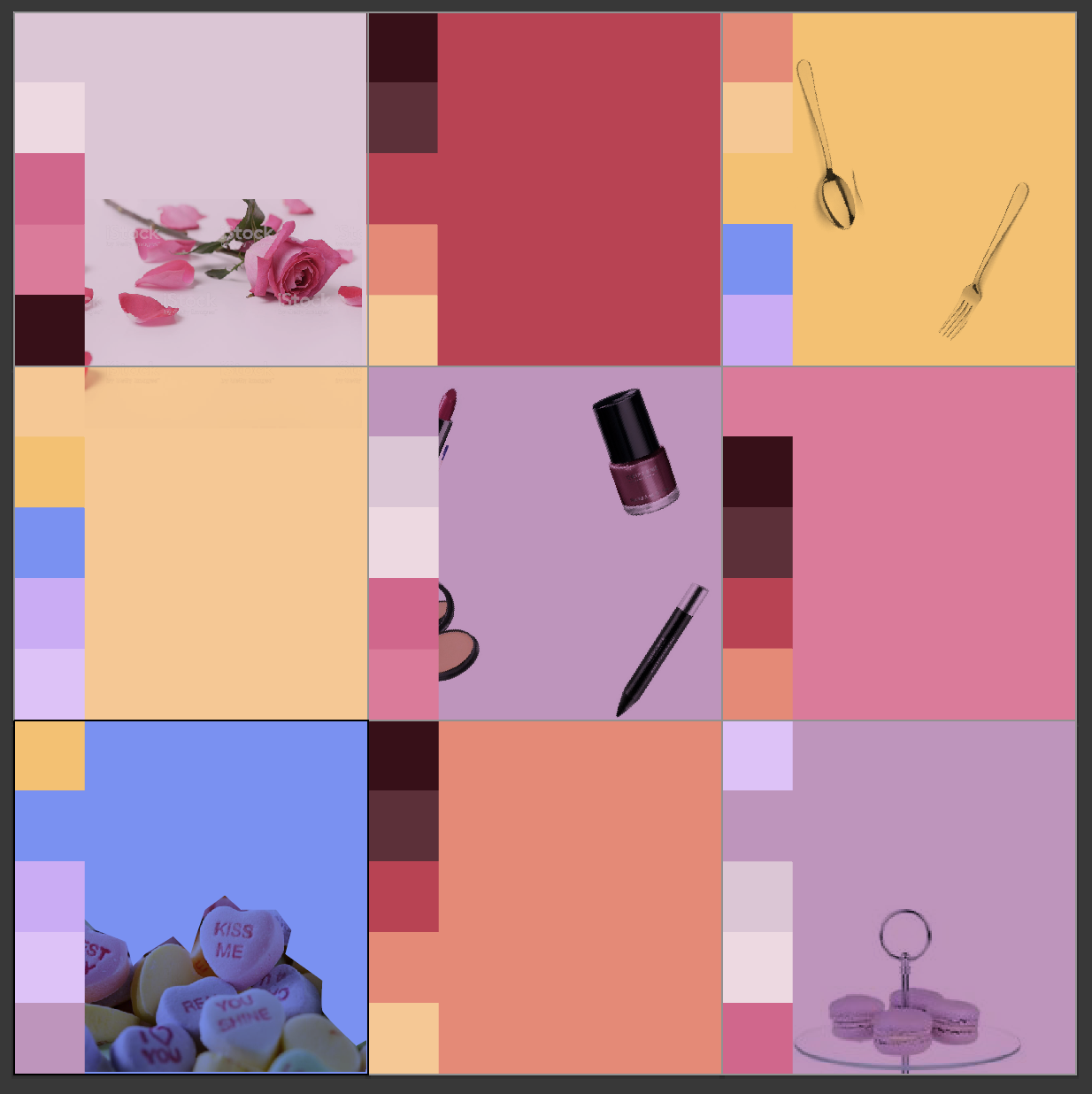
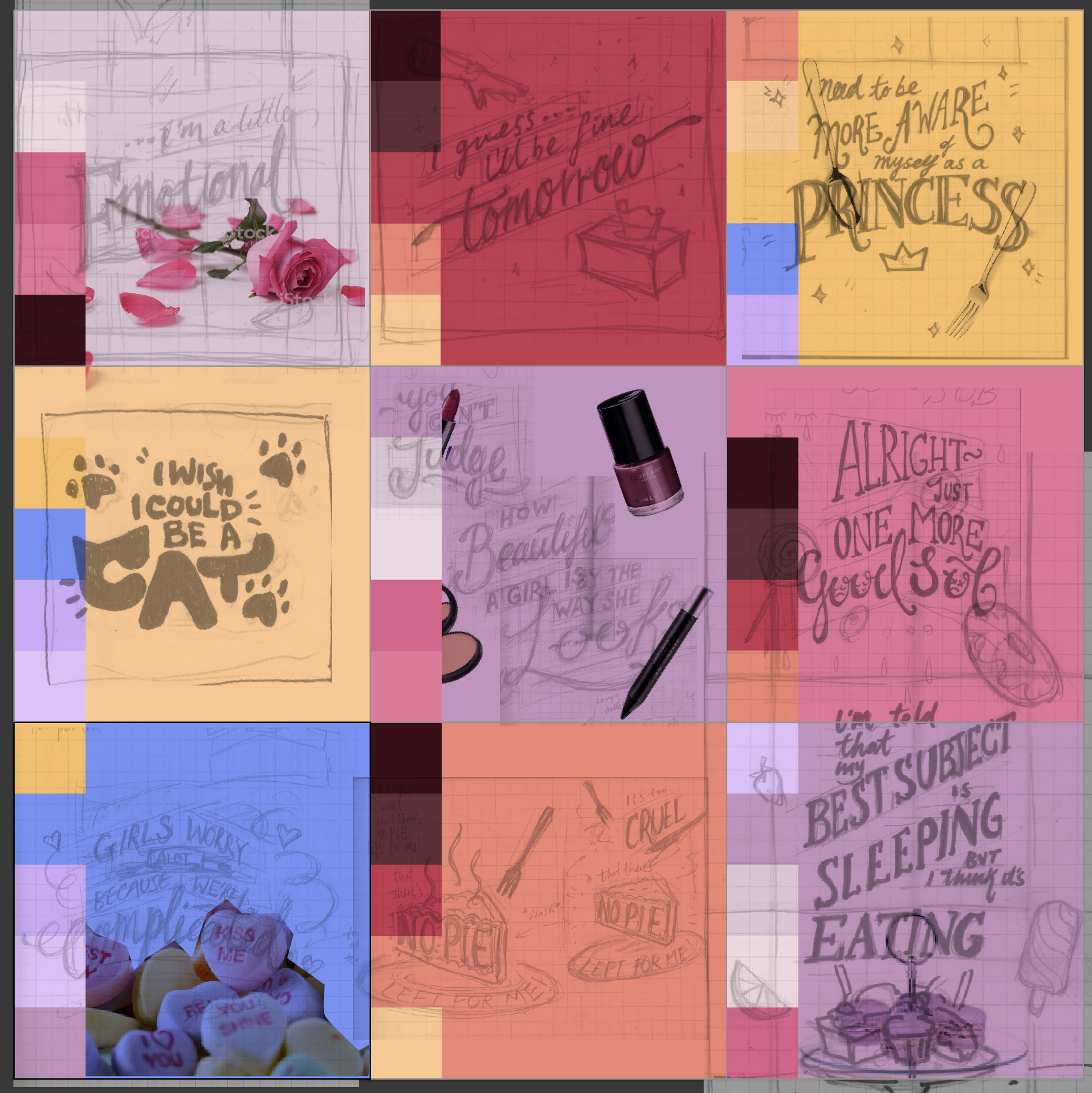
05. Design Iterations
Having tested out the methods and understood the requirements involved, the next step was to make adjustments to the initial concept sketches in order to get a consistent series of designed outcomes that is achievable in the time I’d available to work on the project. This meant, consolidating elements of stop motion and re-arranging the order and execution of certain designs. These decisions also later informed the purchase of props and assets needed for production.
With all the methods and planning in place, the project was finally ready for production.
PRODUCTION
“If you fail to plan, you are planning to fail” - Benjamin Franklin
No where is this better exemplified in the design process than during production. Often dubbed the “messy middle” by creatives and designers, the production phase is the grit and gut of my process.
The #SailorSays Project demands the incorporation of numerous design techniques from hand lettering to vector illustrations and green screen set building to stop motion animation. Whilst Pre-Production was all about researching and defining goals, my Production process is all about following best practices.





01. Lettering Design
Hand generated lettering is a craft that’s seen a huge resurgence in practice in the last few years, especially via social platforms like Instagram.
Here I’ve adapted the lettering practices of Lauren Hom, Jessica Hische and Ellen Portus into my own lettering process. Using grids and guide systems made by the best in the business, I was able to anchor my own designs in best conventional practice.
02. Lettering Refinement
Taking the my lettering one step further, the next step was to digitise all the hand drawn designs via Adobe Illustrator and applying all the colour decisions that where defined in the Pre Production phase of the design process.










03. Lighting, Green Screen Set Building & Filming
Lighting and setting up for green screen is half planning, half trial and error.
I think it’s important to be hands on during set up and filming because the more you can experiment and understand your tools, the better you can control the outcome.
POST-PRODUCTION
As labour intensive as the Production phase of the design process is, Post-Production is the make or break period of the entire process.
This is the phase that often gets neglected after a huge Production sprint but is crucial in the successful delivery of any design project because it’s the time when all the separate elements of production gets combined and consolidated down to it’s best parts. What is taken out is often just as important as what is kept.
01. FIRST PASS VIDEO EDITS & GREEN SCREEN KEYING
Whilst software tools can help speed up Post-Production, the process comes with it’s own series of problems to trouble shoot.
Issues with timing, lighting and clarity of the footage are just a few of the things to consider during this process.
Being able to navigate these challenges is the difference between a finished design and a work in progress.
02. VIDEO COMPOSITING
Footage and graphics compositing is the core of the #SailorSays Project. It is nuanced elements like this that lifts the series from being ordinary instagram posts to something that screams serious bells and whistles.
03. MOTION GRAPHICS & FINAL REFINEMENTS
This is the phase when footage gets composited together with relevant graphic design elements and polished with special effects or animation.
The craft of the visual designer is to arrive at an outcome that engages the audience naturally without them ever noticing that visual manipulation has already taken effect.


